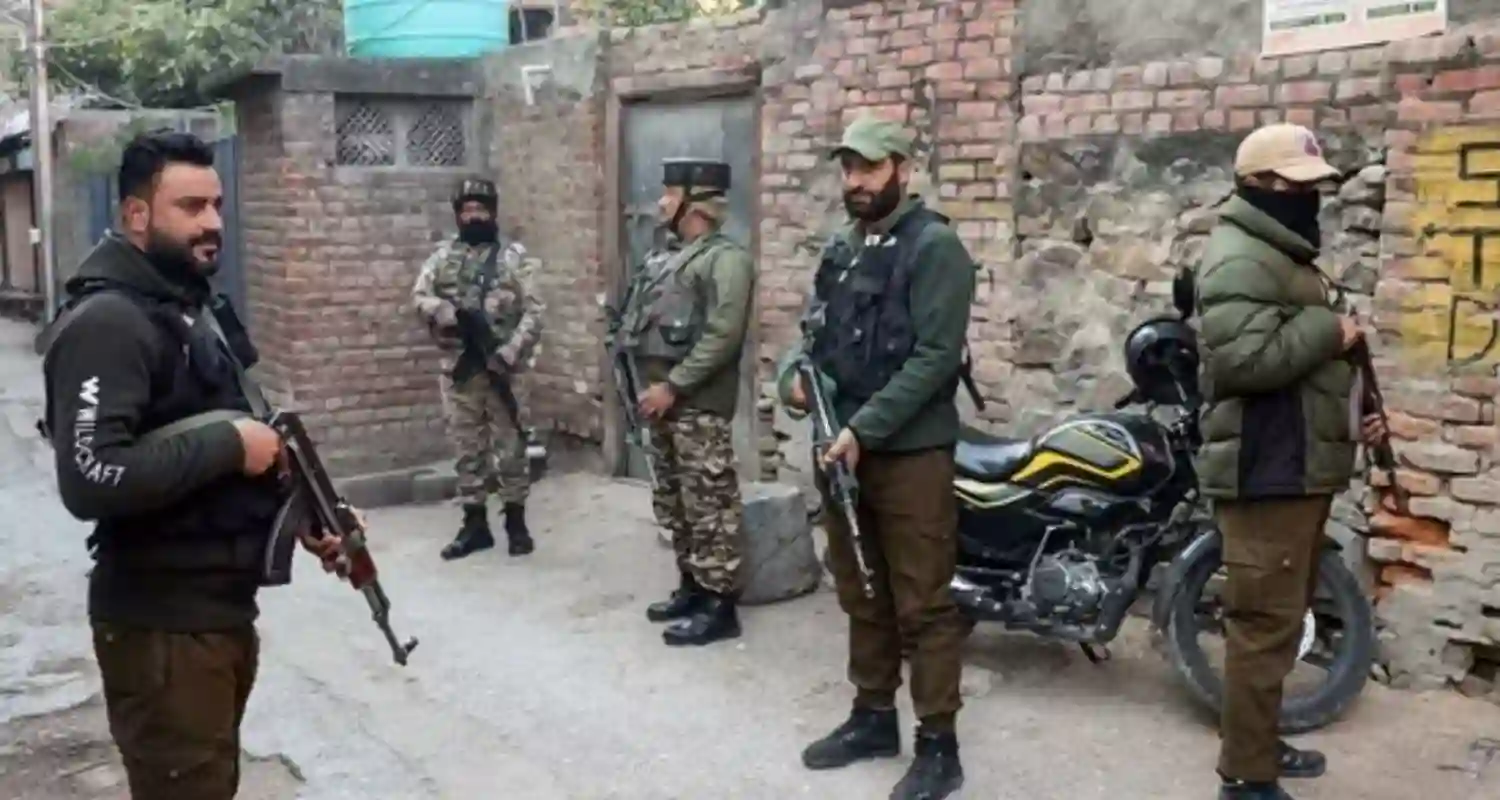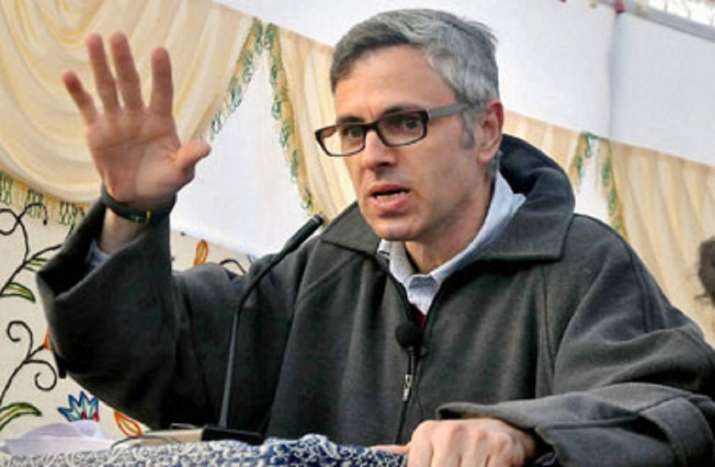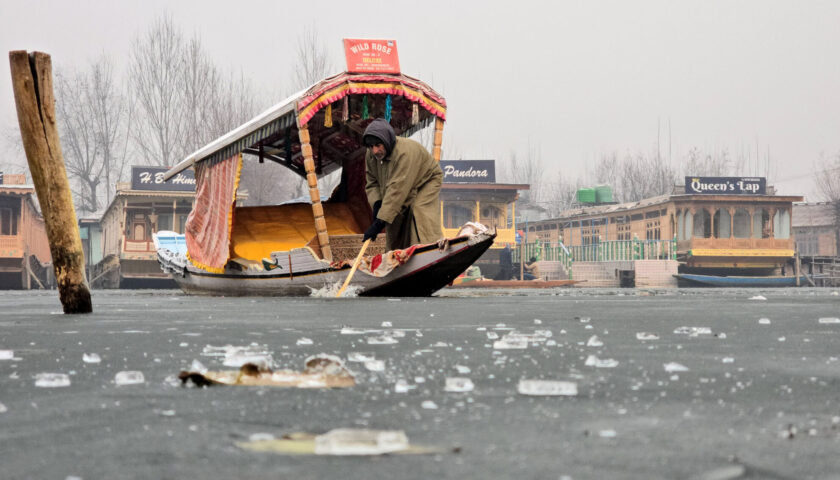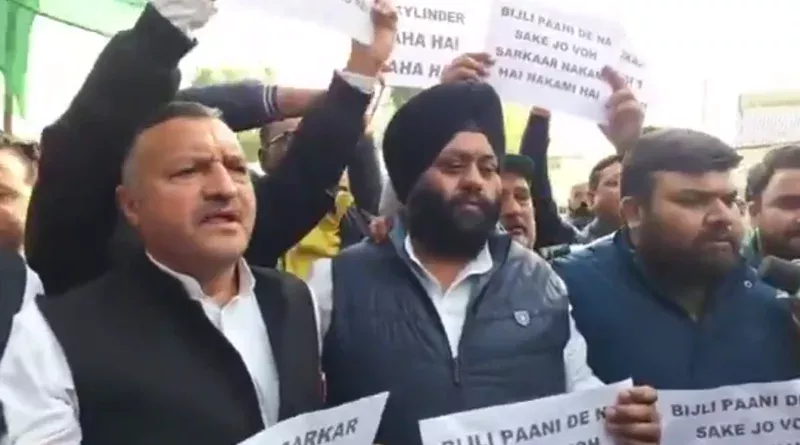4 Doctors Arrested in J&K Terror Case | 350 kg Explosives & AK-47 Seized from Kashmiri Doctor’s Faridabad Home
By: Javid Amin | 10 November 2025
A new and chilling dimension of terror has emerged in India — one that wears a white coat instead of camouflage, and hides radical intent beneath respectability.
In an unprecedented revelation, four doctors have been arrested in just four days, their interrogation leading to one of the biggest explosives seizures outside Jammu and Kashmir: 350 kilograms of suspected ammonium nitrate and RDX, along with AK-47 rifles, pistols, and timers.
The case has blown open the lid on what investigators are calling a “white-collar terror network” — an underground web of educated professionals, allegedly aiding Pakistan-based groups like Jaish-e-Mohammed (JeM) through logistics, ideology, and covert operations.
The Faridabad Arms Haul: A Breakthrough Moment
The trail began in Pulwama, when intelligence inputs pointed to unusual money transfers and encrypted communications traced to a young medical practitioner.
That trail led to Dr. Adil Ahmad Rather, a 32-year-old doctor from Kakapora, Pulwama, posted at a private medical institution in Anantnag.
When questioned, Dr. Rather reportedly confessed to his involvement in a larger logistical network operating under the guise of professional legitimacy.
Acting on his leads, a joint team of the Jammu & Kashmir Police, Faridabad Police, and the Intelligence Bureau (IB) raided a rented house in Dhauj village, located on the outskirts of Faridabad.
What They Found Inside the House
Investigators describe the discovery as “a warehouse of destruction.”
Recovered from the premises were:
-
350 kg of explosives, including ammonium nitrate and suspected RDX,
-
One AK-47 rifle and a 9mm pistol,
-
Several magazines and boxes of ammunition,
-
20 electronic timers,
-
Walkie-talkie sets, and
-
Detailed handwritten notes on circuit designs and explosive triggers.
“The magnitude of the haul suggests an intent for a large-scale operation — possibly outside J&K.
This is not the work of field militants but of an organised, educated syndicate,”
said a senior intelligence officer overseeing the probe.
The explosives have been sent for forensic and chemical analysis to the National Bomb Data Centre, while the NIA has now taken partial oversight of the case due to its interstate implications.
The Rise of ‘White-Collar Terror’
Traditionally, terrorism in Kashmir was associated with armed insurgents, cross-border infiltrators, or local recruits. But this case exposes a silent, sophisticated variant — terrorism masked in professional respectability.
All four arrested doctors were:
-
Highly educated,
-
Digitally savvy,
-
Socially well-integrated, and
-
Financially stable.
Profiles of the Four Arrested Doctors
-
Dr. Adil Ahmad Rather (Pulwama, J&K) – Linked to JeM; his confession led to the Faridabad cache.
-
Dr. Arshad Malik (Kupwara) – Allegedly managed encrypted communication between handlers in Pakistan and contacts in south Kashmir.
-
Dr. Sajad Qureshi (Anantnag) – Found with an AK-47 hidden in his locker at Government Medical College (GMC) Anantnag.
-
Dr. Rizwan Parvez (Srinagar) – Under probe for facilitating financial transfers through charitable trusts linked to banned outfits.
Investigators believe these individuals were not isolated actors but nodes in a larger ideological and logistical web that leverages the professional sector to camouflage activities.
The Invisible Network: Doctors, Engineers, and Digital Cells
Preliminary investigations have unearthed a parallel terror infrastructure thriving in urban centres, operated by professionals and students.
This shift reflects what intelligence experts call “the post-insurgency evolution” — a phase where terror operations are outsourced to educated sympathisers who blend into mainstream institutions.
How the Network Operated
-
Recruitment: Radicalisation reportedly occurred online through encrypted messaging apps and selective closed forums disguised as medical or academic groups.
-
Funding: Money flowed through digital wallets, crowdfunding drives, and foreign remittances labeled as humanitarian aid.
-
Storage & Movement: Explosives were stored in rented apartments under fake names, moved in medical supply consignments, and hidden using pharmaceutical containers to avoid detection.
-
Communication: All four doctors reportedly used VPNs, encrypted mail clients, and coded medical terminology to communicate.
“This is hybrid terrorism 2.0 — more dangerous because it wears the face of normalcy,”
said a senior NIA officer.
“They can access secure areas, transfer chemicals under license, and avoid profiling.”
How Explosives Reached Faridabad
Sources confirm that raw materials for the 350-kg haul were procured over several months, under industrial chemical licenses registered in Delhi-NCR.
A part of the explosive mix is believed to have been assembled using ammonium nitrate — commonly used in construction and mining — and plasticised RDX smuggled through Punjab routes.
Authorities suspect that the Faridabad house served as a satellite bomb-making unit intended for high-impact strikes in northern India, potentially before the Republic Day 2026 celebrations.
“The location near Delhi was strategic — close enough to strike, far enough to stay unnoticed,”
a police source said.
The seizure is now being linked to three other ongoing investigations into urban sleeper cells busted in Haryana, Uttar Pradesh, and Delhi since mid-2024.
National Security Implications
The “doctor module”, as the case is being dubbed, has sent shockwaves across India’s security apparatus.
Why It Matters:
-
Access to Chemicals & Facilities: Medical professionals can access restricted chemicals and laboratories without raising red flags.
-
Mobility & Credibility: Doctors frequently travel between states, giving them plausible deniability.
-
Ideological Cover: Their professional identity makes recruitment and funding activities harder to detect.
Security experts say the psychological impact of white-collar terror is also profound:
“When healers turn into enablers of violence, it erodes public trust and widens the fear perimeter,”
said Brigadier (Retd.) R.P. Singh, counter-terror analyst.
Intelligence Agencies on Alert: Nationwide Probes Begin
Following the Faridabad bust, multiple central and state agencies have initiated parallel investigations into educational and healthcare institutions suspected of infiltration.
Teams from:
-
National Investigation Agency (NIA),
-
Intelligence Bureau (IB),
-
Enforcement Directorate (ED), and
-
Special Cell of Delhi Police
are jointly tracing financial, digital, and travel histories of the accused.
Investigators are also scanning dozens of other doctors, engineers, and students whose social media or financial patterns resemble those of the arrested individuals.
Follow the Money: Financial Trail Under the Microscope
Initial findings suggest that at least ₹1.6 crore was circulated through layered digital transfers, some routed via charitable trusts and NGOs claiming to provide medical relief in Kashmir.
The Enforcement Directorate (ED) is now examining:
-
Foreign donations received through crypto and PayPal-like platforms,
-
Suspect accounts linked to private clinics,
-
Cross-border hawala transfers through Delhi-based intermediaries.
One of the doctors allegedly managed funds for JeM’s “medical relief” front, an entity now under the scanner for misusing humanitarian aid.
“They weaponised charity,”
said a financial investigator,
“using compassion as camouflage.”
Radicalisation Pathways: From Clinics to Chatrooms
The arrests have reignited the debate over how radical ideologies seep into professional spaces.
According to counter-extremism researchers, the process of indoctrination is gradual, intellectual, and often digital.
-
Stage 1: Exposure through ideological content disguised as humanitarian or political discourse.
-
Stage 2: Emotional engagement via online discussions, often couched in religious or ethical language.
-
Stage 3: Recruitment into covert logistical support roles — first money, then material.
-
Stage 4: Full operational involvement under mentorship of foreign handlers.
Dr. Rather reportedly told investigators he believed he was “helping a cause, not committing a crime”, underscoring how moral distortion plays a critical role in radicalisation.
Government and Public Reaction
The revelations have triggered sharp responses across political and security circles.
Union Home Ministry
The Home Ministry called the development “a disturbing evolution of terror tactics”, adding that new regulatory frameworks for chemical and professional monitoring may be introduced.
J&K Administration
Lieutenant Governor Manoj Sinha said the arrests demonstrate the “depth of the terror ecosystem” and vowed zero tolerance for anyone “misusing professional roles for anti-national activity.”
Medical Associations
The Indian Medical Association (IMA) has condemned the alleged acts, calling them a “betrayal of the Hippocratic Oath.”
They have also urged a screening protocol for professional ethics and digital conduct in medical institutions.
Link to Kashmir’s Wider Crackdown
The arrests come amid a larger security sweep across Jammu and Kashmir, where 1,500 individuals have been detained over the last week for alleged roles in sustaining terror networks (as part of the “ecosystem crackdown”).
Officials now suspect that the white-collar terror module was an urban extension of that same ecosystem — handling logistics and propaganda while local OGWs managed on-ground operations.
“The Valley’s militancy is shrinking in guns but spreading in minds,”
said a senior police source.
“That’s the real battle now — against invisible networks.”
The Numbers at a Glance
| Parameter | Detail (as of Nov 6, 2025) |
|---|---|
| Doctors arrested | 4 |
| Explosives recovered | 350 kg (RDX & ammonium nitrate) |
| Firearms seized | 1 AK-47, 1 pistol, ammunition |
| Related arrests | 7 associates under probe |
| States involved | J&K, Delhi, Haryana, UP |
| NGOs under scanner | 3 |
| Suspected JeM links | Confirmed via digital forensics |
Bottom-Line: The Changing Face of Terror
The “doctor module” has forced India’s counter-terror agencies to rethink traditional threat profiling.
No longer confined to jungles, safe houses, or border infiltration routes, terrorism is morphing into urban intelligence warfare — fought with encryption, ideology, and deception.
The Faridabad haul, unprecedented in its scale and sophistication, is a warning shot — that the next wave of extremism may come not from the margins, but from the mainstream.
As one intelligence official aptly summarized:
“The enemy no longer wears fatigues. He wears a stethoscope.”




